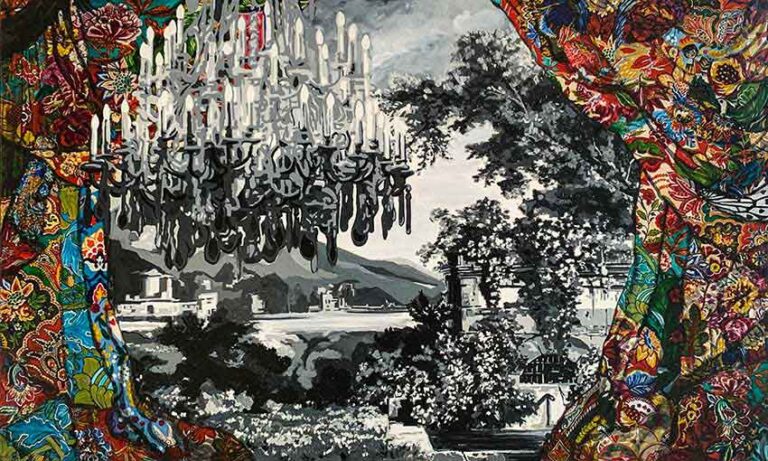We have all had those moments when we purchase something that is a bit heavy on our wallets and we are left slowly turning into a ball of guilt and remorse over how much we have paid. Did I really need to buy this? Is this really worth the price I have paid? Will I be able to sell this for a profit? These are some of the questions that pop up in our head – an expected part of consumer psychology.
These questions especially pop up when you are about to invest in a piece of art – it could be expensive fine art or otherwise.
Now I have been around a lot of art collectors, who are either just starting out with their first purchase or are veteran collectors, and the thrill of art purchase is something that can never get old. However, more often than not, there is an air of doubt and caution that hangs when finalizing the purchase of an artwork. For people buying my art, I always ensure that the entire interaction is highly informative and supportive from my end, where I constantly provide guidance on any matter related to the art in question.
So, this blog, is going to focus on what I discuss with my collectors to ensure that they are not confronted with buyer’s remorse and I believe, it will help you out as well.
Here’s what I tell them:
Are you connecting with the artwork?
This is the most fundamental step that you can start with. If you are already on my website reading this blog, you might have an idea about what kind of art you connect with. I suggest taking a deeper dive and exploring what else your artistic taste buds are craving for. If you buy and collect art that you have no personal connection with, then you are simply buying a very overpriced canvas with paint smeared on it and something that will definitely give you a case of buyer’s remorse. A painting becomes art when it draws an emotional or mental response out of you, and this is the baseline of what you should be looking for when starting your collection.
Take some time to do your homework
Now as an art buff, I might be biased to this but one of my favourite past times is to go down a Youtube wormhole of art history and appreciation videos. There are tons of them online. As someone who is looking into buying art, it is great to expand your understanding of the history of art and how to interpret it. If you are not that big on screen-time, there are numerous art books that you can buy and go through to learn more about the many art movements that have occurred in the past. By brushing up on your art knowledge, you develop a keen eye for art pieces that can be purchased separately and be grouped together to form a valuable collection. This would not only ensure that you are making smart buying choices, but it will help you have a greater appreciation of the art that you are buying.
See it as an investment opportunity
After doing enough research, you can also charge up your motivation system by shifting your perspective on an art purchase by seeing it as an investment opportunity, instead of an impulsive one. Once you have bought an artwork, you have a tangible asset in your possession that can be used to produce passive income streams for yourself. One popular way is to loan your collected art to auction houses or museums to promote that particular artwork and increase its value. This is a well-kept secret amongst collectors who are able to beat inflation and create a sizeable revenue for themselves by frequently shipping out their collected items to exhibitions all around the globe.
If the buyer’s remorse is certain, start off with something “digestible”
If you are sure that buying a particular piece of art will give you buyer’s remorse, how about we look into artworks by fresh artists whose work you connect with and have their work priced at the lower end of your budget?
You see, all these masters and celebrated artists were struggling and up and coming artists at one point in the past.
This is what you can do: find young artists who are creating art that you appreciate and connect with them directly to buy their art. I bet, they will not only feel encouraged and supported on their artistic journey but, you will also be able to purchase affordable art. With the advent of social media, it is so much easier to find such artists and connect with them directly. By doing this, you will be able to build a significant art collection comprising of affordable pieces while also supporting the next generation of masters.
There you have it: my pep talk containing some remedies for that pesky buyer’s remorse. If you still find yourself questioning whether you should finalize that purchase after going through my pointers, perhaps consider not going through with it. It is always better to give yourself time before making such buying decisions and that should always be a vital part of your shopping habits!
Shop my artwork collection here.
Check my digital artwork collection here.


